Sailing By South Georgia And Visiting St. Andrews (Page Eight)
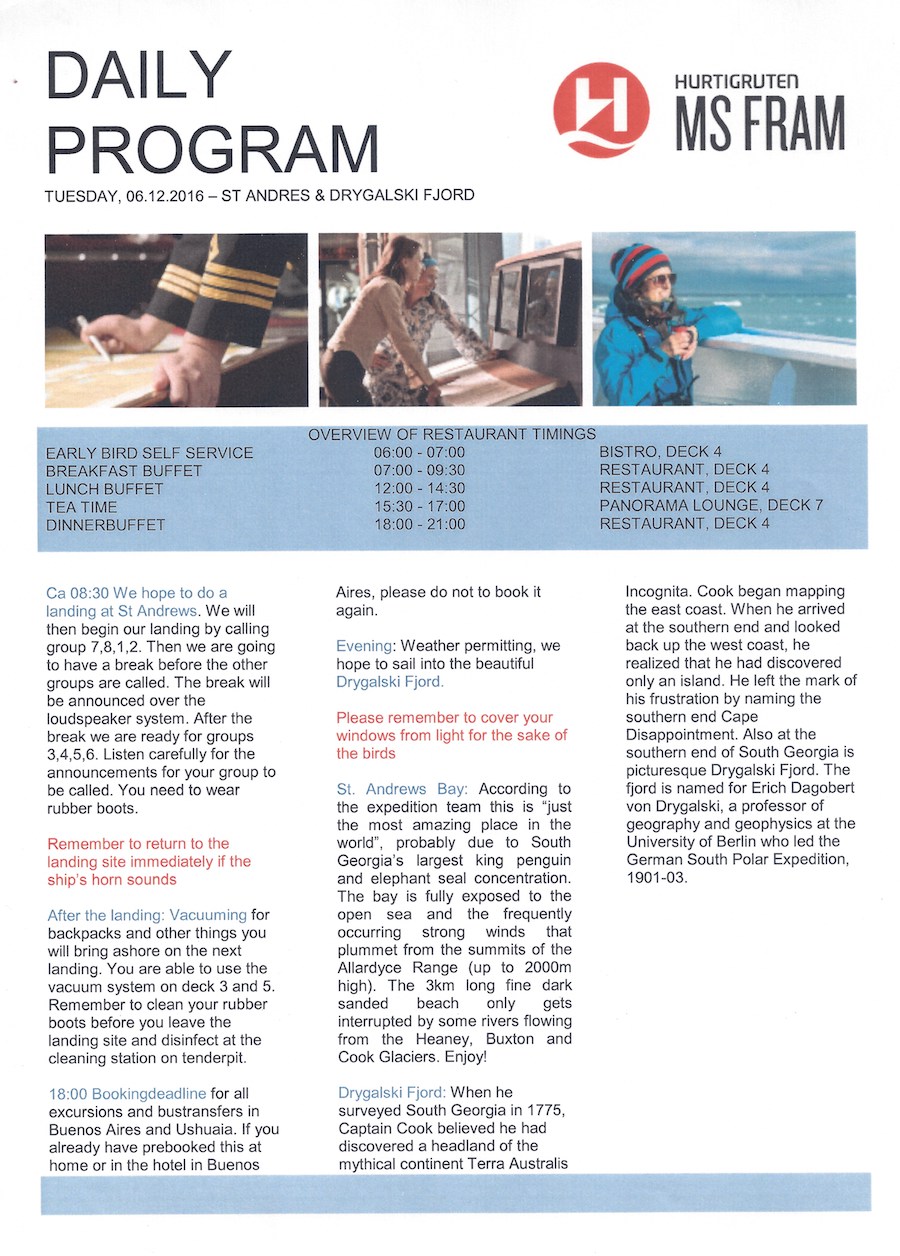
Did You Know? - Saint Andrews Bay is a bight 2 miles (3.2 km) wide, indenting the north coast of South Georgia immediately south of Mount Skittle. Probably first sighted by the British expedition under Cook which explored the north coast of South Georgia in 1775. The name dates back to at least 1920 and is now well established. On charts where abbreviations are used, the name may be abbreviated to St. Andrews Bay.
King penguins form huge breeding colonies - and the one at St Andrews Bay has 150,000 birds. Because of the long breeding cycle, colonies are continuously occupied.
Ross Glacier which is nearby is retreating, and leaving a gravel beach in its wake. Heaney Glacier and Cook Glacier also are in the vicinity.
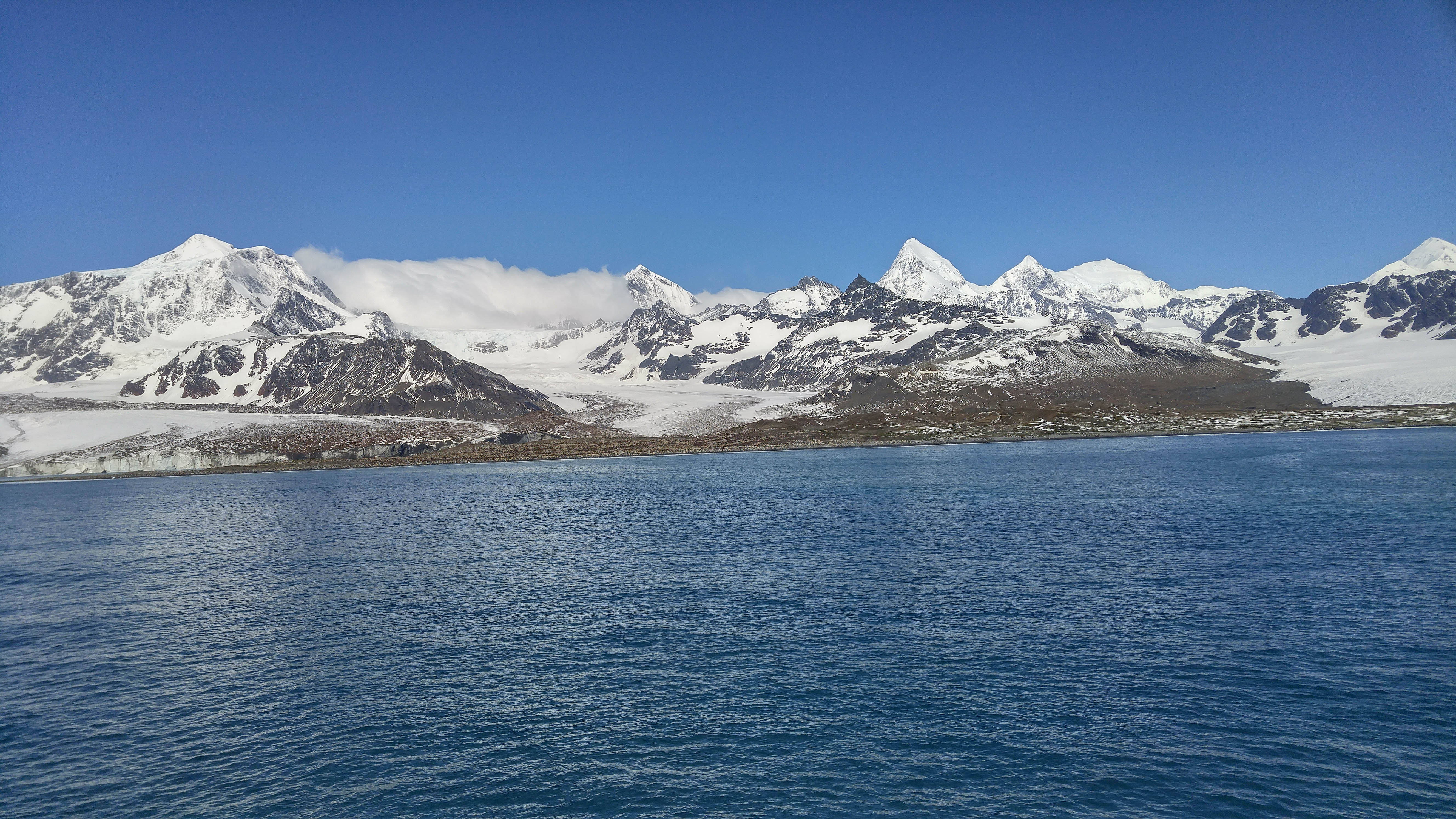
A beautiful day it was

The clouds hang close to the mountain tops

See the panoramic picture with a click

"Hey Bruce... What shall we do today?"
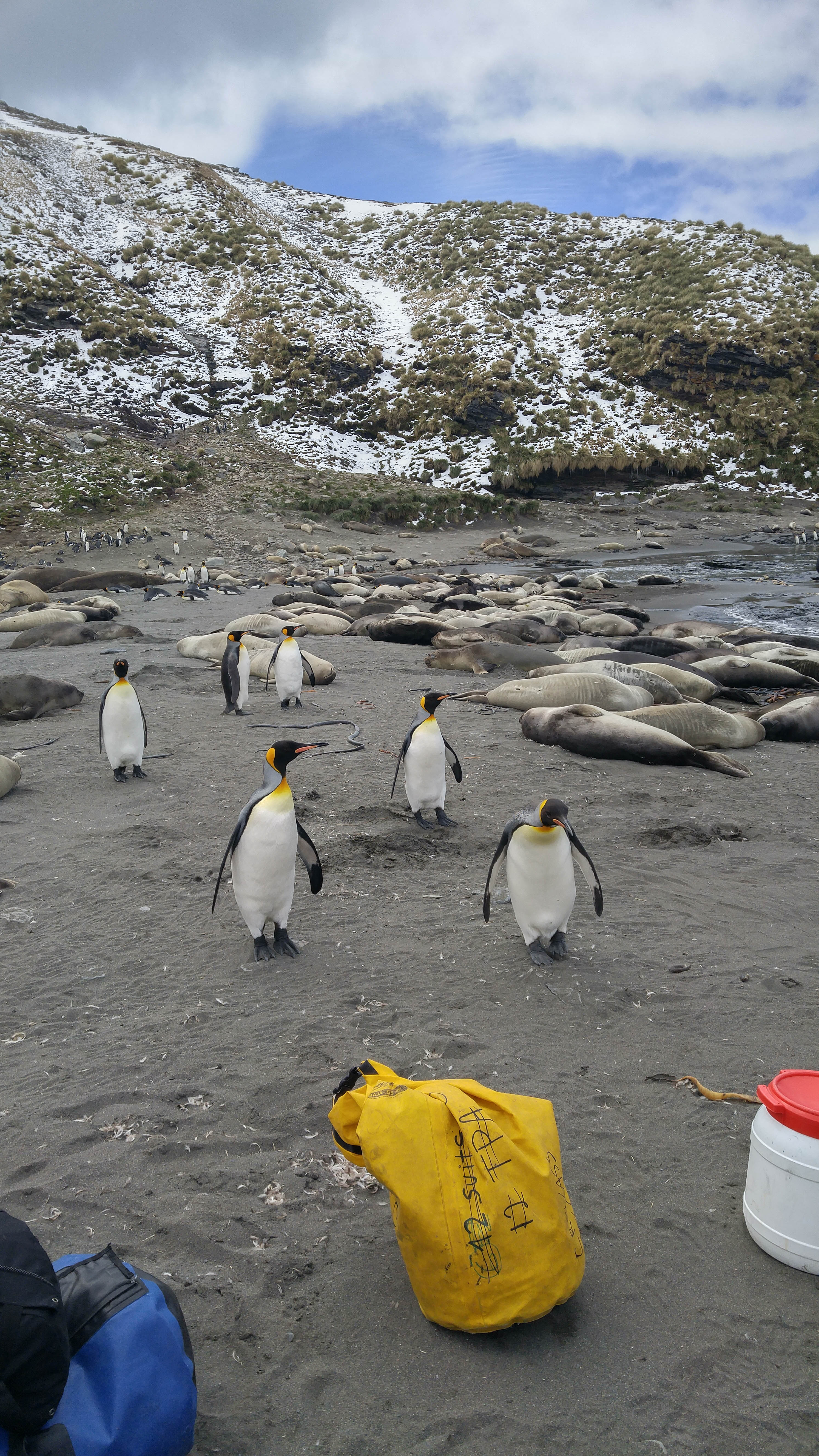
Our supplies seem to be of interest to the local population!

We decided NOT to wake them up!

Huge animals... Glad they are slow on land!
Did You Know?
- Elephant seal can reach 10 to 20 feet in length and 2000 to 8800 pounds of weight. Males are 5 to 6 time larger than females.
- Elephant seal can be grey, light or dark brown or tan-colored, depending on the age, gender and season.
- Elephant seal has thick layer of blubber under the skin which keeps body temperature stable in the freezing waters.
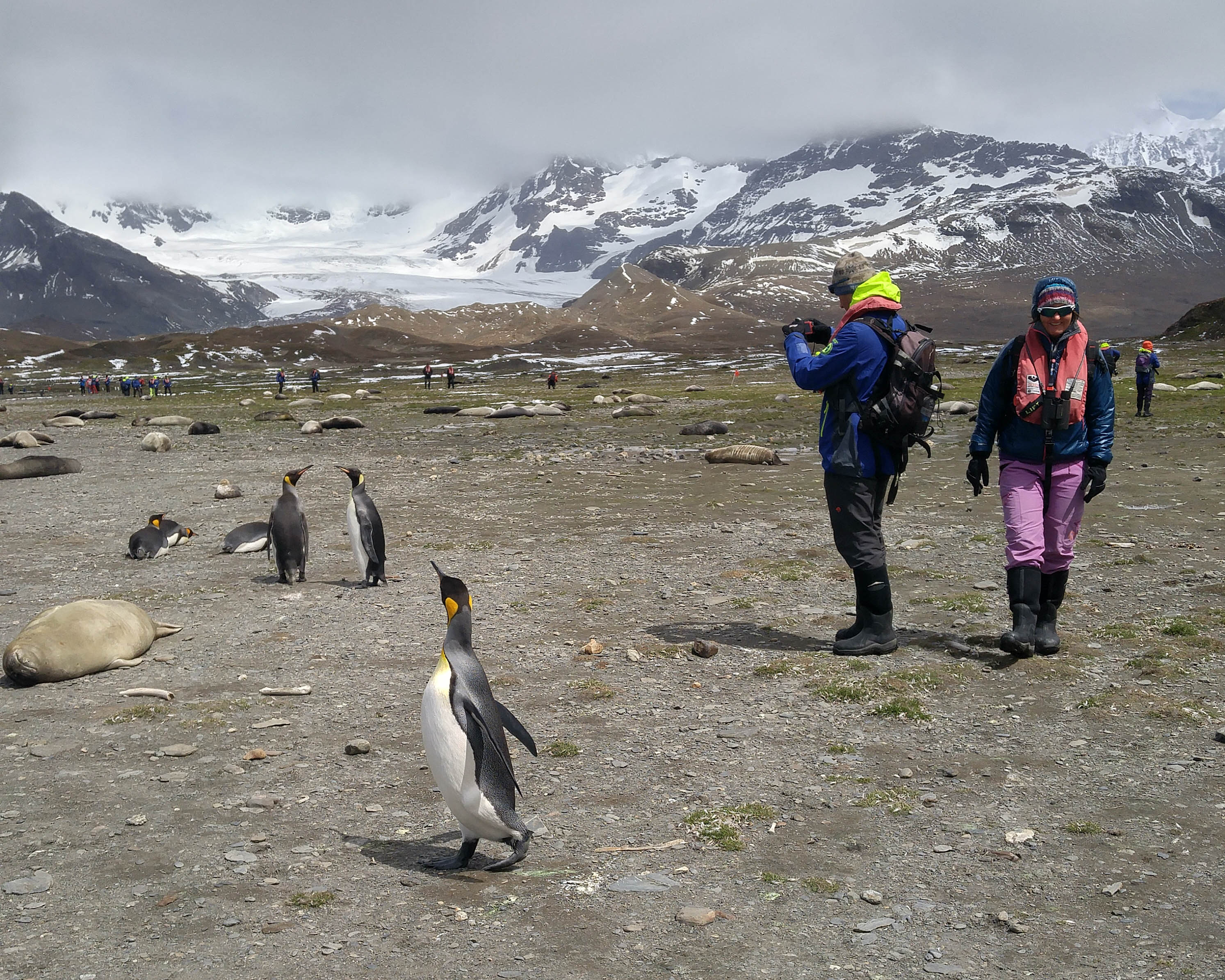
They must be used to seeing humans

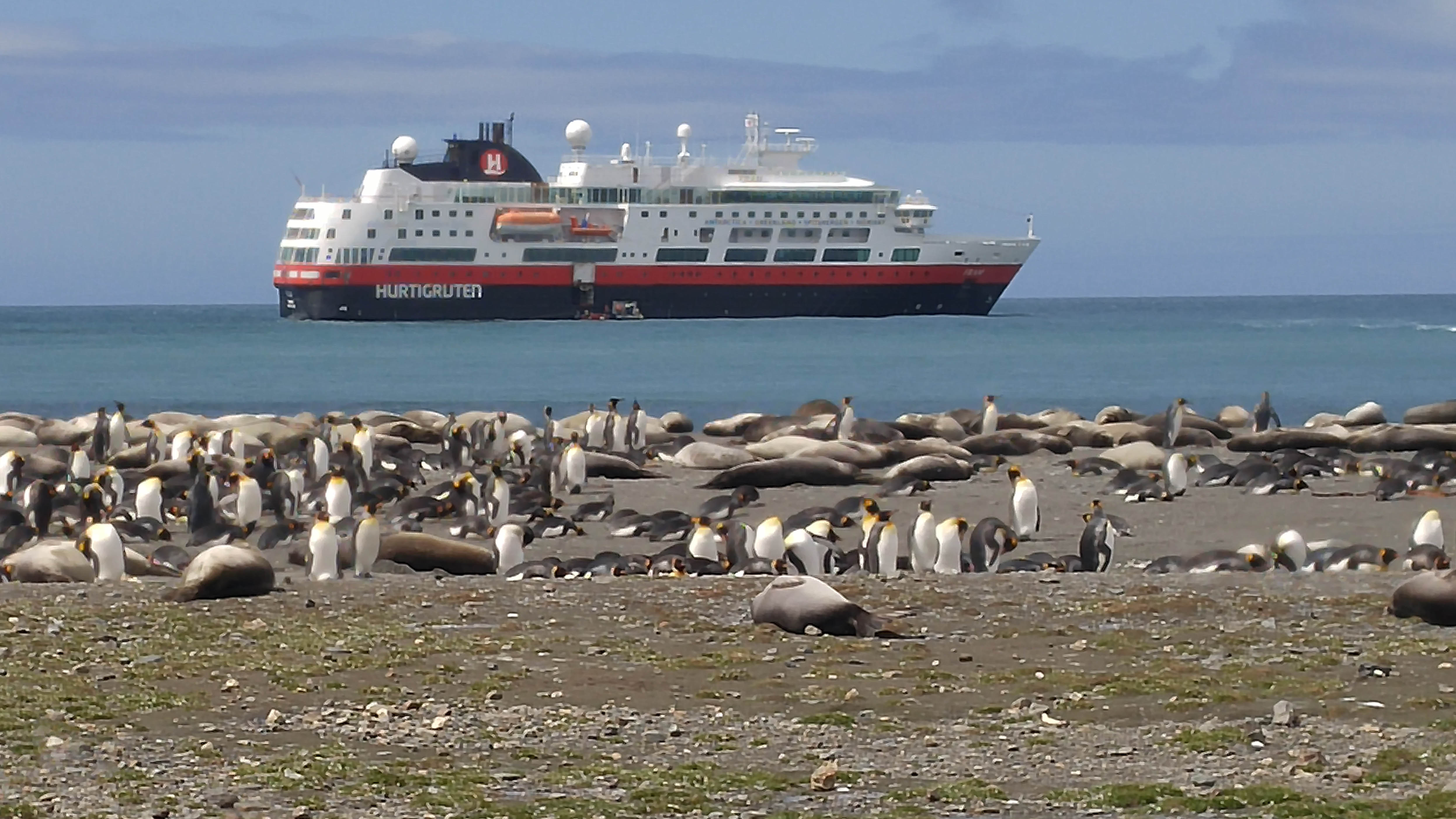
The ship is still sending tenders back and forth
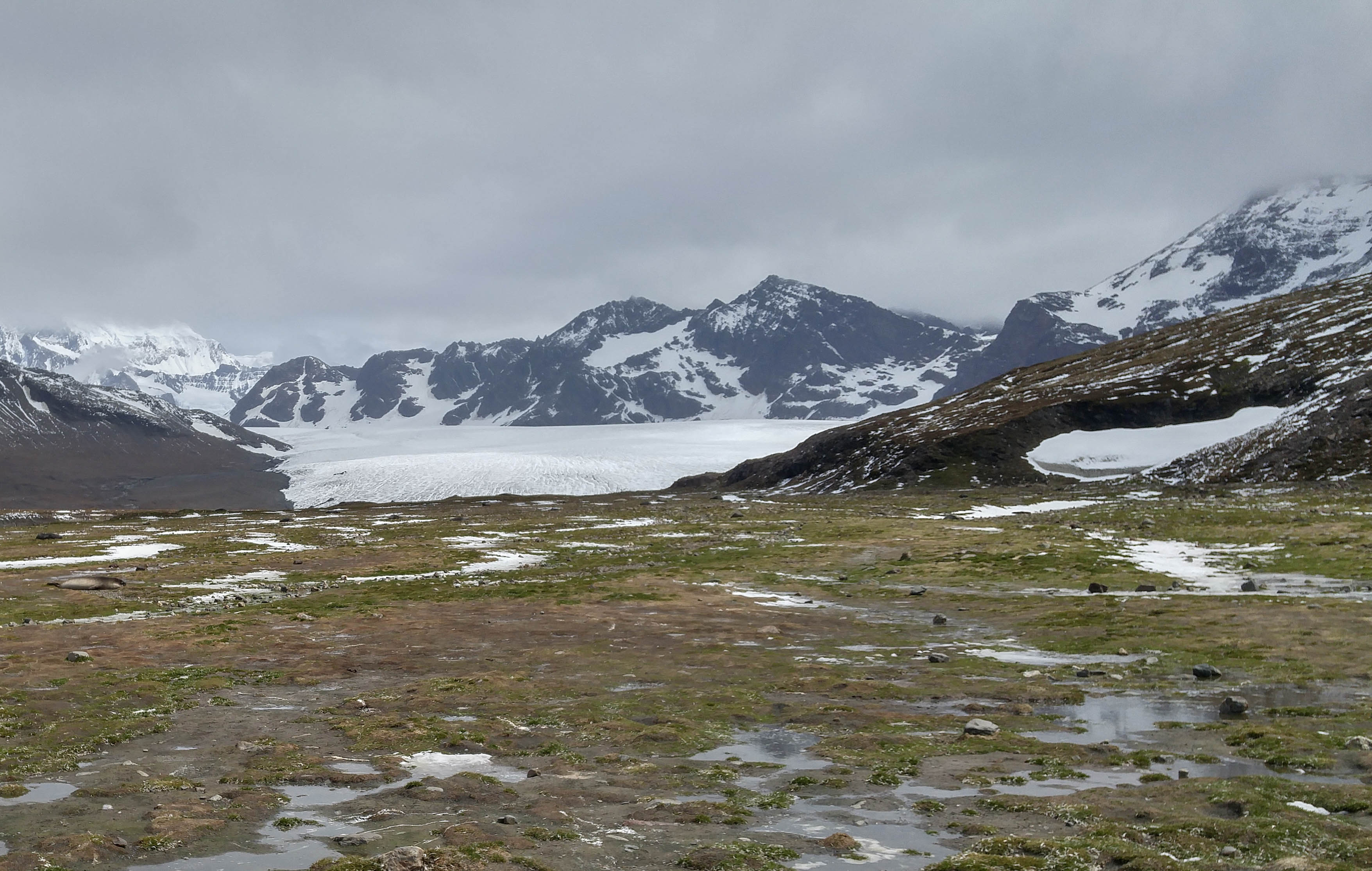
Small glaciers are all over the islands
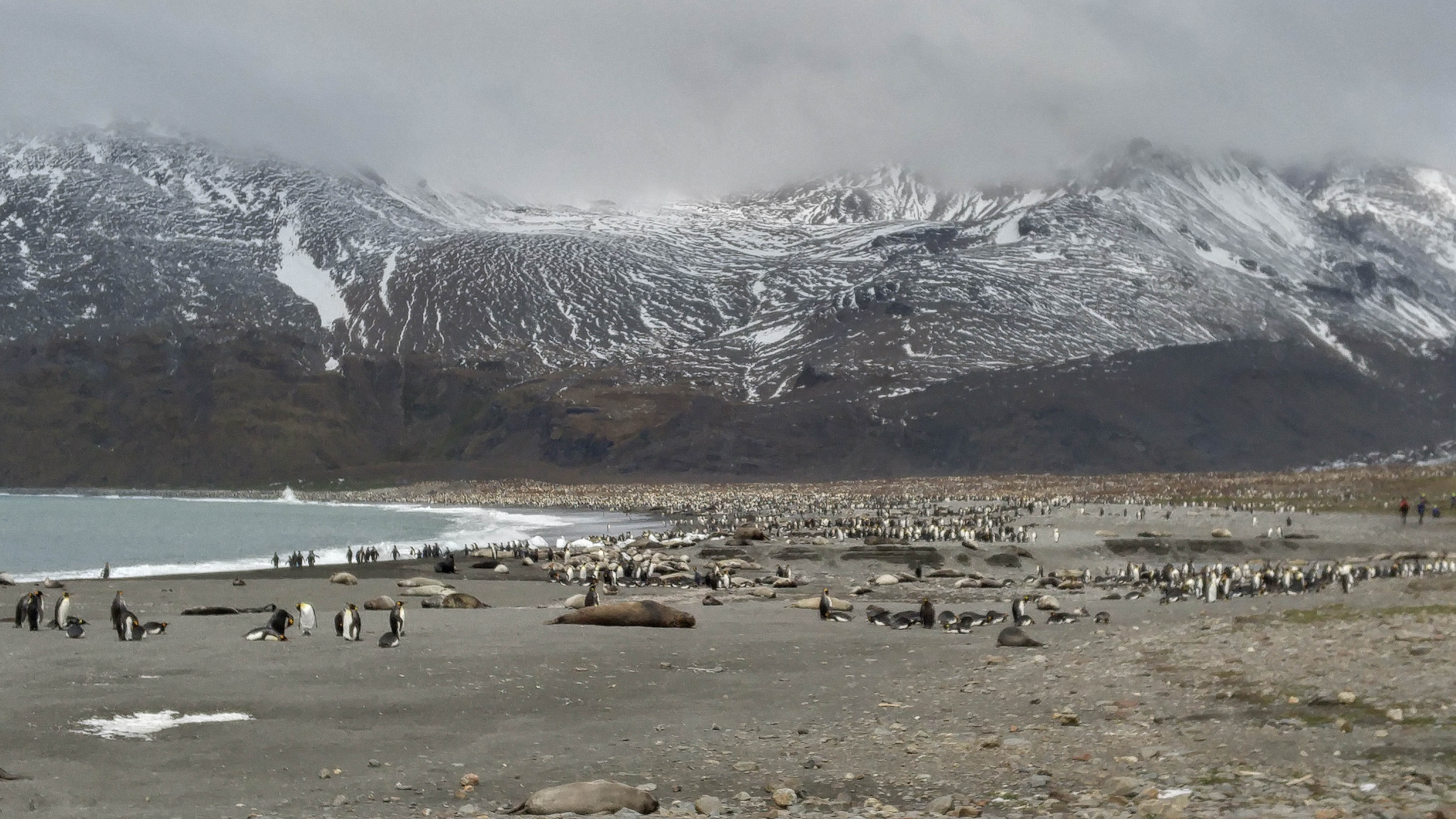
Unbelievable numbers of penguins and seals

Down by the Ol' Mill Stream

It's a penguin standoff
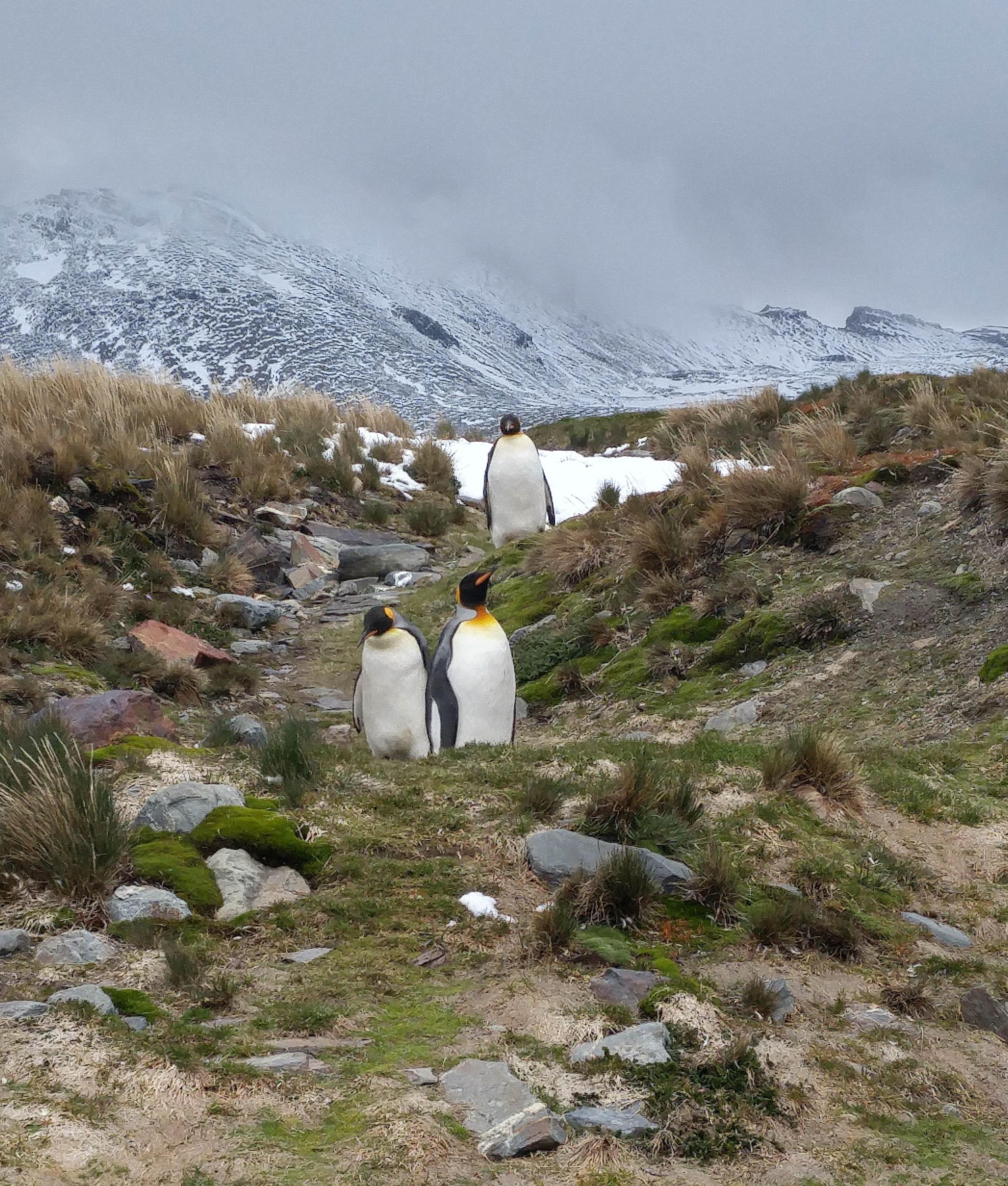
They must have amazing balance to walk on this terraine

Amazing sight to behold

We tried to count them, lost track at 234,123!

"I had to take the gloves off to take pictures... It's COLD!"
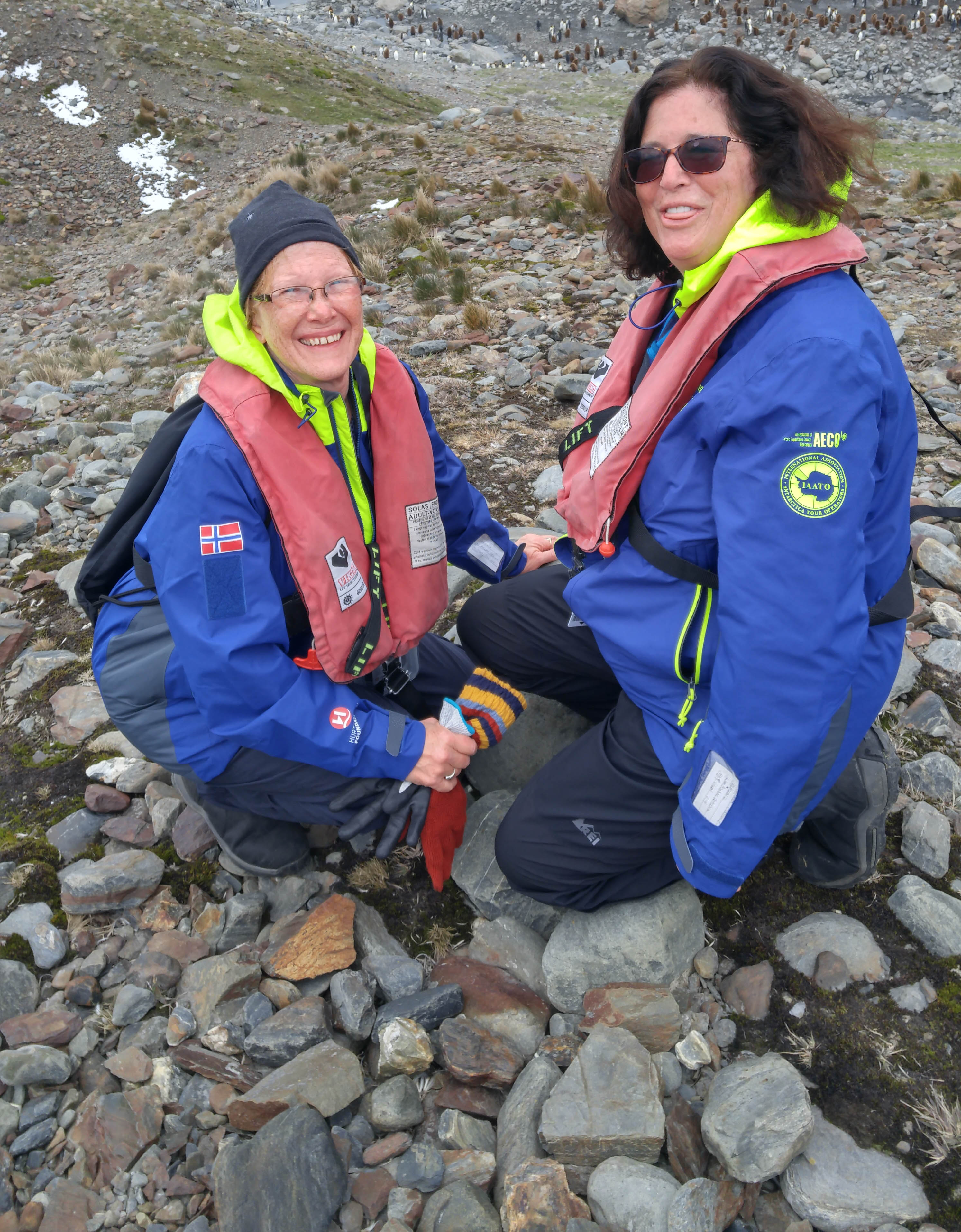
Taking a short rest

Almost wall-to-wall

The view was fantastic
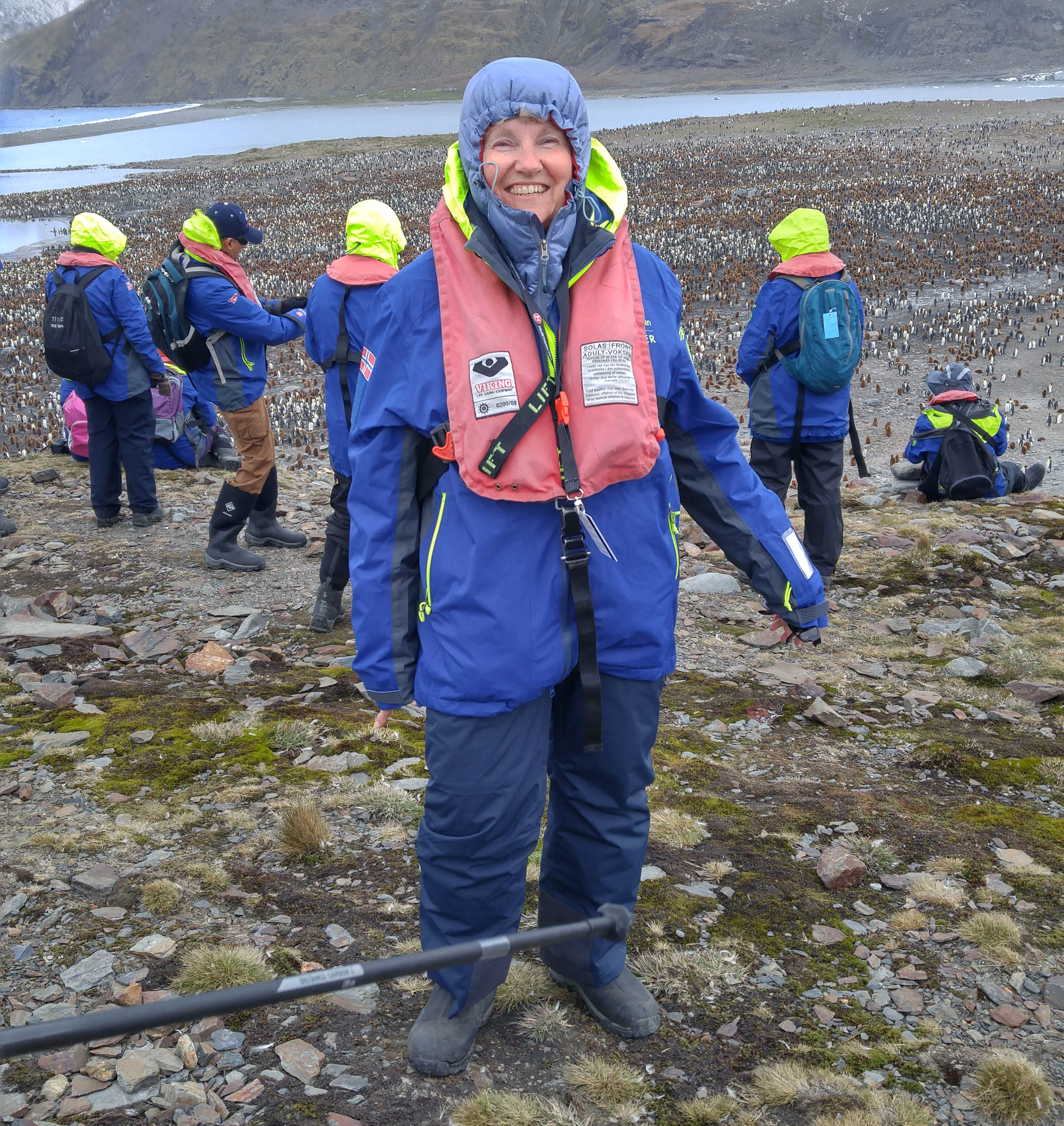
Looks like Ralphie's brother from "A Christmas Story"


"P-s-s-s-s-s-t I have a great idea!"

"Stand like this and tell the Janice we are a two-headed penguine"

"It worked!"

The gulls fly effortlessly in the winds
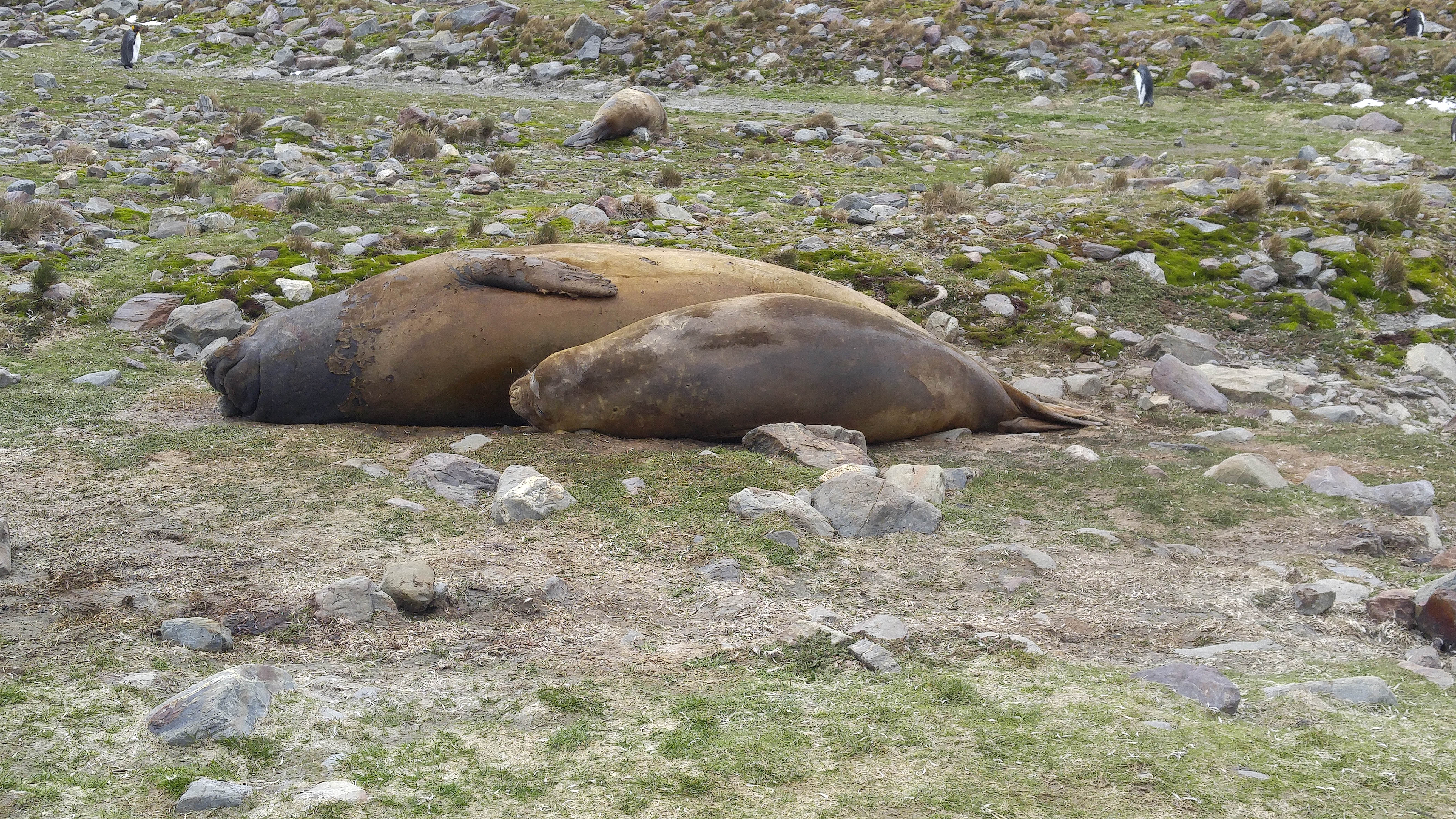
Mom and pup take a nap
Did You Know?
- Elephant seal has massive body, short front flippers with prominent nails and fully webbed hind flippers. Unlike females, males have elongated, inflatable, trunk-like snouts (hence the name "elephant seal").
- Elephant seal spends 80% of its life in the ocean and only 20% of its life on the coast. Despite its massive body, it moves faster than humans on the sand dunes.
- lephant seal can spend nearly 2 hours under the water and dive to a depth of 7834 feet. Females spend less time under the water compared with males.
- Elephant seal is a carnivore. Its diet is based on skates, rays, eels, squids, octopi and penguins.
- Natural enemies of elephant seals are killer whales, large sharks and humans.
- Mating season of elephant seals takes place during the winter.
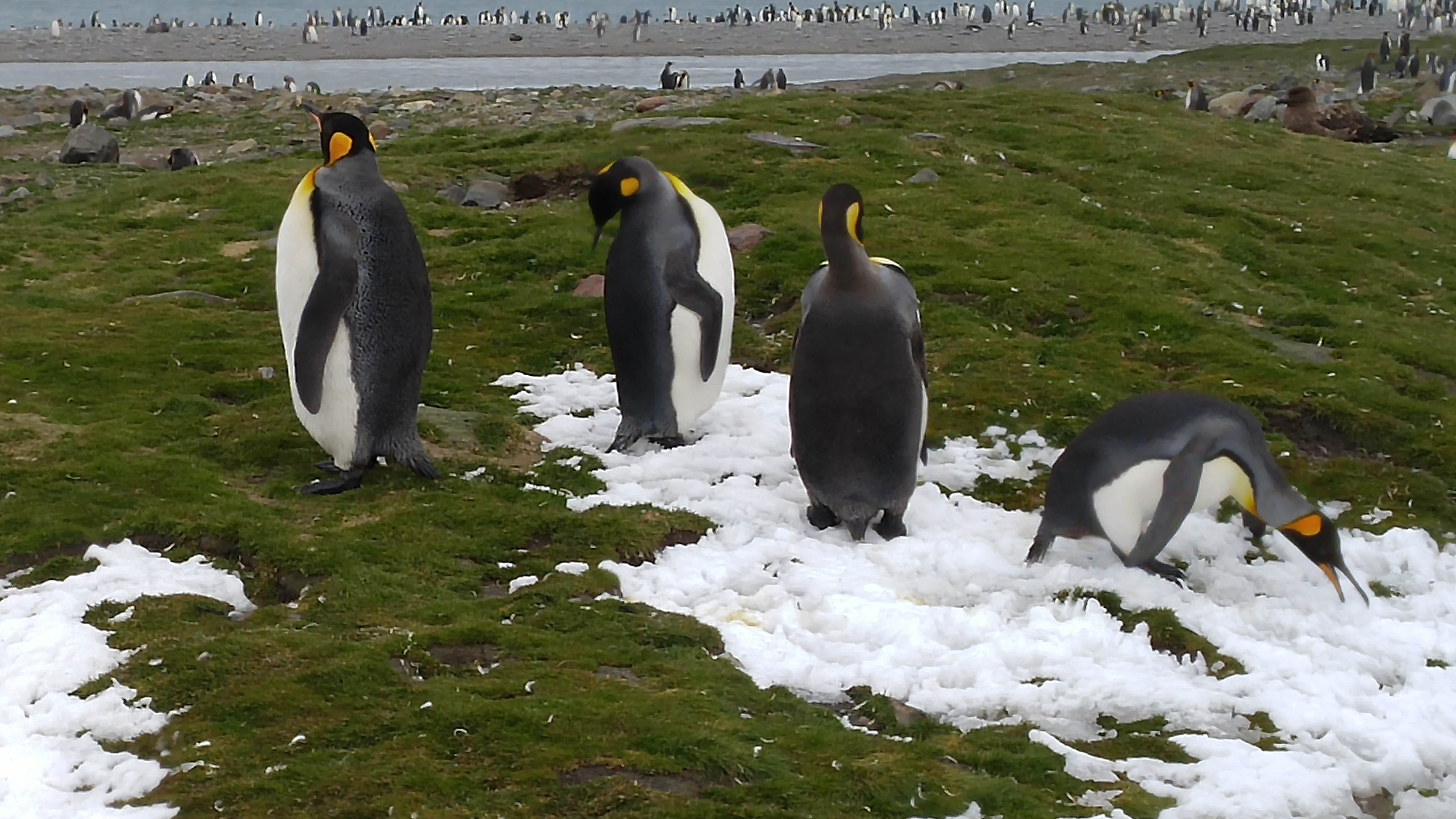
"Oh come on guys... Let's play in the snow!"

... inside the ship!

The clouds came in pretty fast as we approached the fjord
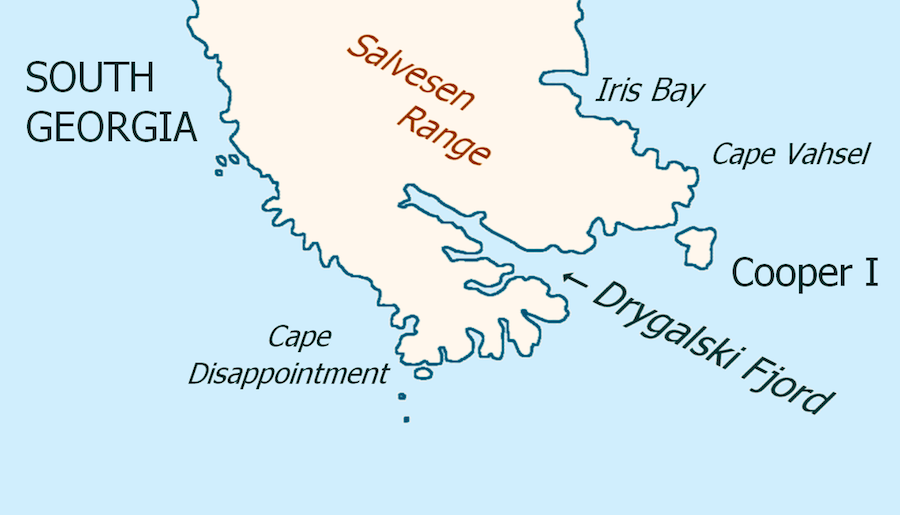
Did You Know? - Drygalski Fjord is a bay 1 mile (1.6 km) wide which recedes northwestwards 7 miles (11 km), entered immediately north of Nattriss Head along the southeast coast of South Georgia. It was charted by the Second German Antarctic Expedition, 1911–12, under Wilhelm Filchner, and named for Professor Erich von Drygalski, the leader of the First German Antarctica Expedition, 1901–03.

A little rain (the green cast is because we are on the inside)

Time to head out to sea
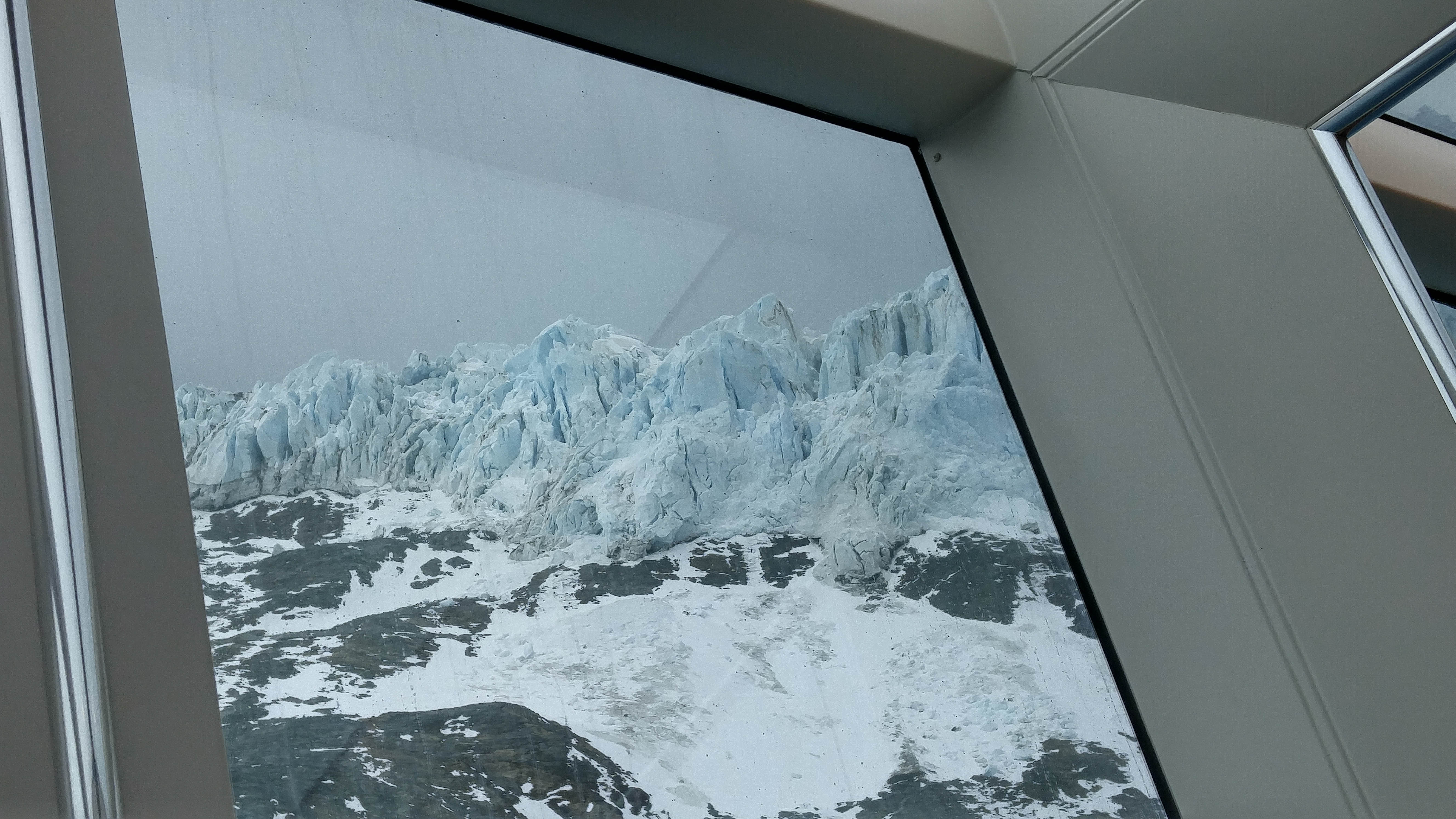
Good by South Orkney Island
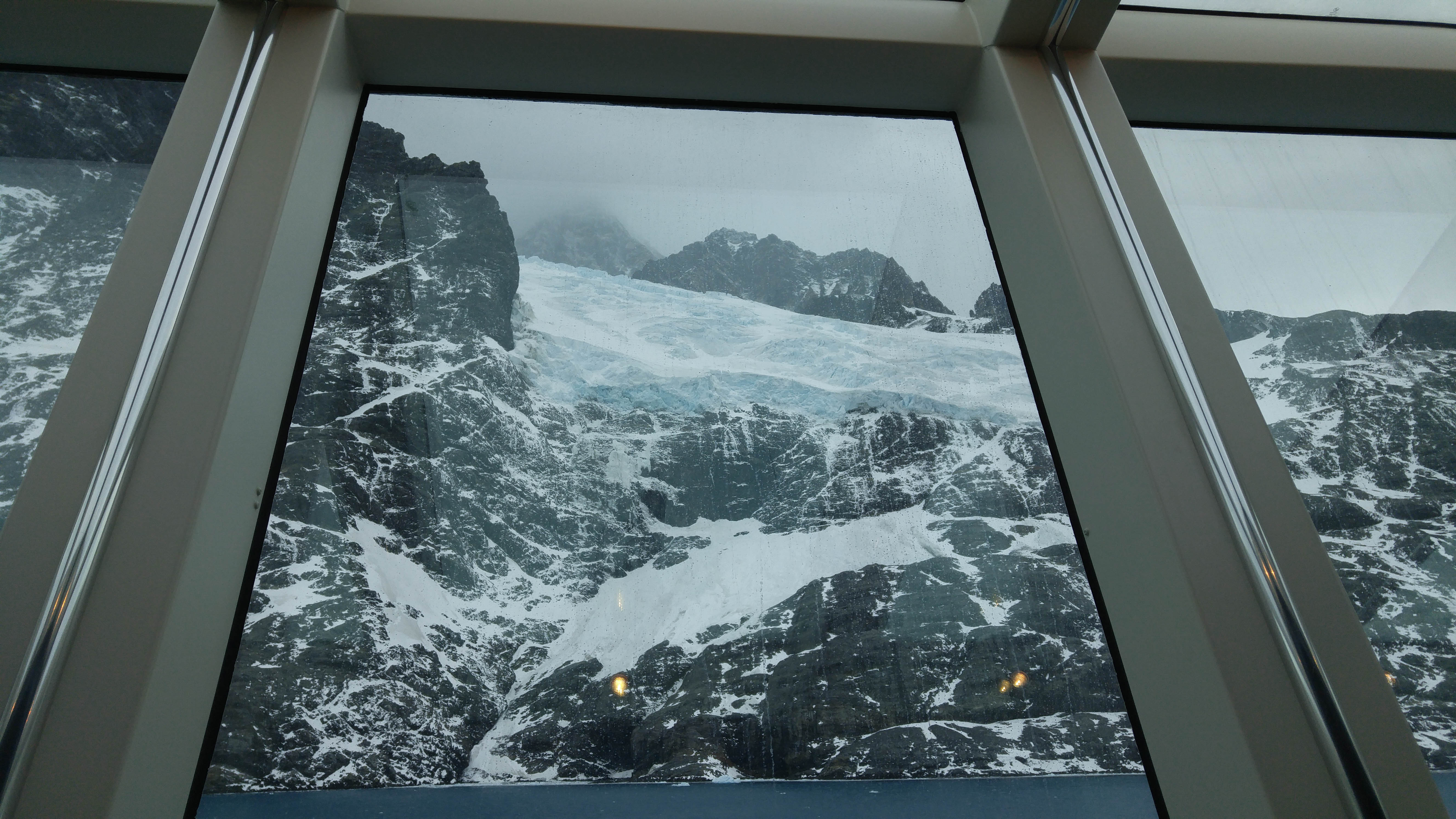
Full speed ahead
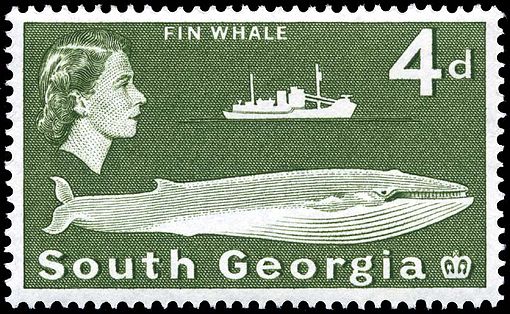
A Day At Sea And Then We Landed At A Base In The
South Orkneys (Page Nine)
